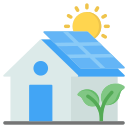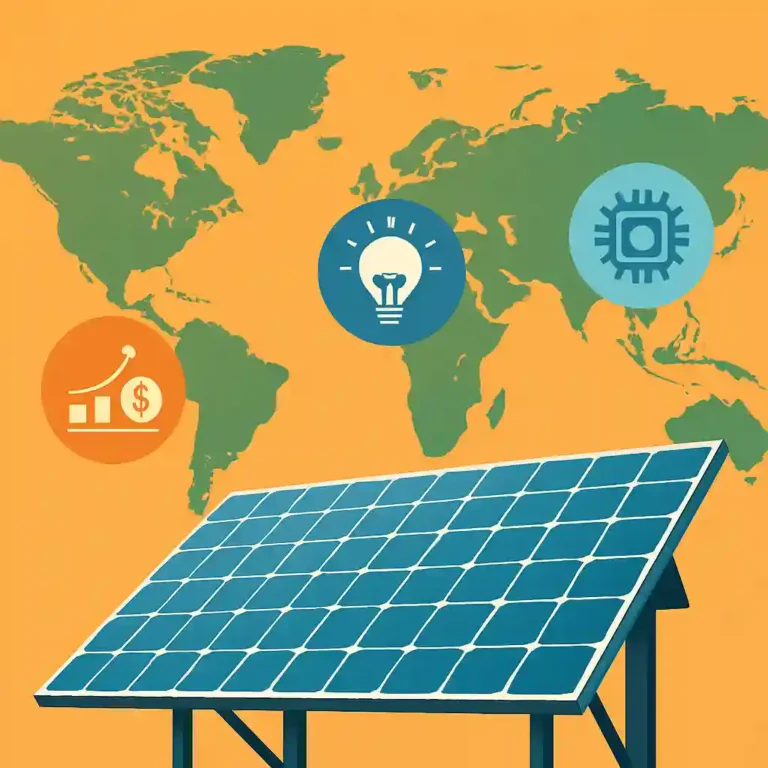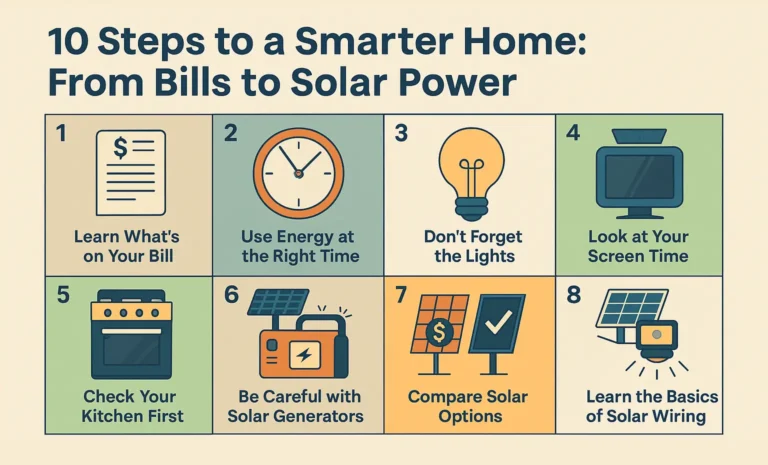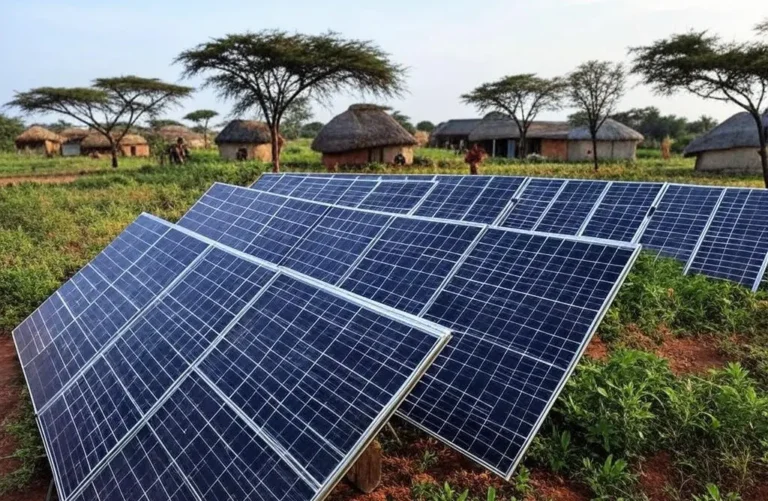Solar Market Opportunities: Unlocking Growth with Siemens Solar
The global solar energy market is experiencing unprecedented growth, driven by rising energy demands, environmental concerns, and technological advancements. Siemens Solar, a pioneer in photovoltaic (PV) technology, is at the forefront of this expansion, capitalizing on emerging opportunities to deliver sustainable energy solutions. The “Market Opportunity” page on our website historically outlined the potential for solar growth, but this article expands that vision into a comprehensive exploration of current and future opportunities in the solar sector. From residential adoption to industrial applications and emerging markets, we’ll examine how Siemens Solar is positioned to lead this transformation, providing detailed insights into market trends, economic drivers, and strategic initiatives.
The Solar Market Boom: A Global Perspective
Solar energy has transitioned from a niche technology to a cornerstone of the global energy mix. According to the International Renewable Energy Agency (IRENA), solar capacity grew from 100 gigawatts (GW) in 2012 to over 1,000 GW by 2023, with projections estimating 2,500 GW by 2030. This explosive growth is fueled by declining costs—solar panel prices have dropped by 80% since 2010—and supportive policies like tax incentives and renewable energy mandates.
Siemens Solar has seized this opportunity by developing high-efficiency PV panels, smart inverters, and integrated systems that cater to diverse needs. Our market strategy focuses on three key areas: residential expansion, commercial scalability, and penetration into emerging economies. By leveraging our technological expertise and global reach, we’re unlocking new avenues for growth while helping customers achieve energy independence and sustainability.
Key Drivers of Solar Market Opportunities
Several factors are propelling the solar market forward:
- Cost Reduction: PV systems are now competitive with fossil fuels, with levelized costs as low as $0.03/kWh in some regions.
- Policy Support: Governments worldwide offer subsidies, such as the U.S. solar tax credit (30% through 2032), boosting adoption.
- Climate Goals: Commitments like the Paris Agreement drive demand for renewables.
- Energy Demand: Rising global electricity needs, especially in developing nations, create a ripe market.
- Technological Advances: Innovations in panel efficiency and storage enhance solar’s viability.
Residential Solar: A Growing Opportunity
Residential solar is one of the fastest-growing segments, with homeowners increasingly turning to PV systems to reduce energy bills and carbon footprints. Siemens Solar’s Earthsafe Residential Systems, featuring 22% efficient panels and battery storage, have become a popular choice. In 2023 alone, we installed over 10,000 residential systems globally, tapping into a market projected to reach $150 billion by 2030.
The opportunity lies in urban and suburban areas, where rooftop space is abundant. Programs like Germany’s Rooftop Program, which Siemens Solar supported with thousands of installations, demonstrate how incentives can accelerate adoption. A typical 5 kW system can save a household $1,000 annually, with a payback period of 5-7 years, making solar an attractive investment.
Commercial and Industrial Applications
Beyond homes, commercial and industrial sectors offer significant growth potential. Businesses seek to lower operational costs and meet sustainability goals, driving demand for large-scale PV systems. Siemens Solar’s SP series panels, designed for durability and scalability, power warehouses, factories, and office buildings worldwide.
For example, a 50 kW system installed on a Munich office building generates 45,000 kWh annually, cutting energy costs by 25%. The commercial solar market is expected to grow at a compound annual growth rate (CAGR) of 10% through 2030, with Siemens Solar targeting a 15% share in key regions like Europe and North America.
Emerging Markets: The Next Frontier
Emerging economies in Asia, Africa, and Latin America represent a massive untapped opportunity. With over 770 million people lacking electricity access (per the World Bank), solar offers a scalable solution. Siemens Solar’s off-grid and hybrid systems are tailored for these regions, providing reliable power for rural communities, telecom towers, and agricultural operations.
Case Study: Kenya Off-Grid Project
In 2022, Siemens Solar deployed 500 off-grid systems in rural Kenya, each with 3 kW panels and 5 kWh batteries. This project electrified 2,000 homes, boosting local economies and reducing kerosene use by 80%. The success has spurred plans to expand into Nigeria and India, markets with similar potential.
Technological Innovation: Siemens Solar’s Edge
Our market leadership stems from innovation. The SMX series, launched in 2015, offers 22% efficiency and integrates with smart grids and storage, addressing modern energy challenges. We’ve also pioneered solar applications in unexpected sectors, like oil and gas, where a Texas oil field uses a 20 kW system to save $50,000 yearly.
Economic and Environmental Impact
Solar market growth creates jobs—over 4 million globally by 2023—and reduces emissions. Siemens Solar’s installations have cut CO2 by 15 million tons since 2000, aligning with global climate targets.
Challenges and Strategies
Challenges like grid integration and competition are met with Siemens Solar’s smart inverters and cost-competitive designs.
Future Opportunities
Looking ahead, Siemens Solar sees potential in energy storage, hybrid systems, and partnerships with emerging markets. Our goal is to double our global installations to 200,000 by 2030.
Conclusion
The solar market is ripe with opportunity, and Siemens Solar is leading the charge. Visit our site to explore how we’re unlocking this potential.




